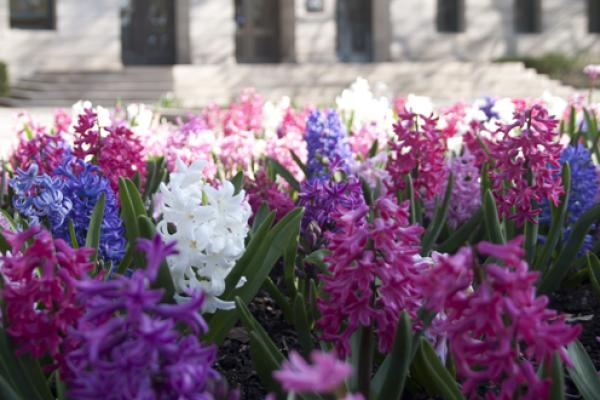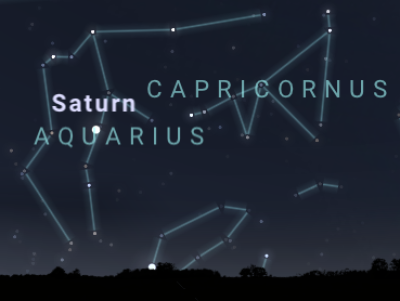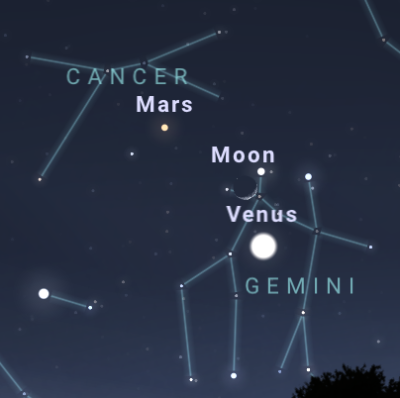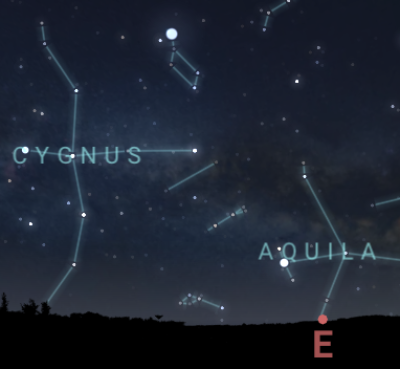Ohio SkyLites - May 2023

What’s Up? Constellations, Planets, and Astronomical Events Visible in May 2023
-Written and Compiled by Alyssa Whalen
Welcome to May! The weather is finally starting to become more consistent, and the days continue to grow longer. This month, the sun rises around 6:15 am, and sets near 8:40 pm for an average of 14 and a half hours of daylight every day, though the exact length of daylight varies by day. While the nights continue to grow shorter, there is still plenty of time to go out and observe!
May’s full moon occurs early in the month on the night of May 5th. This full moon’s most popular nickname is the Flower Moon, as this time of year when the most flowers are in bloom. The full moon will make observing all but the brightest stars difficult, especially in an area as light-polluted as Columbus. The best observing conditions (weather permitting) will occur later in the month around the dates of the new moon. The new moon will occur on May 19th, but the light pollution in cities will still limit the amount that is visible with the naked eye.

The Eta Aquarids meteor shower reaches its peak this month. The shower runs from April 19th to May 28th, but it peaks the morning of May 6th. This is one of the more popular meteor showers of the year, although it is much more active in Earth’s southern hemisphere. In the northern hemisphere, the shower will peak at around 30 meteors per hour with the radiant point being in the constellation Aquarius. This time of year, Aquarius does not rise until around 4 am, so the best time and place to view it will be between 4:30 am and sunrise on the southeastern horizon. The full moon occurs the same night as the peak of the meteor shower, which will make observing it more difficult. All but the brightest meteors will be obscured by the brightness of the moon, but there should still be a number of visible meteors with enough patience.

Mercury reaches its greatest eastern elongation late this month on May 29th. This means from our point of view on Earth, Mercury will be the farthest east from the Sun that it gets in its orbit. Therefore, Mercury will be visible low in the eastern morning sky between 5:15 and sunrise the morning of May 29th. Mercury is often a very difficult planet to observe due to its proximity to the sun, so this will be the best time to view it.
Mars and Venus are close together in the evening sky this month. Both can be found near the constellation Gemini; Venus is brighter, and further toward the western horizon than Mars, but both will have good visibility. On the night of May 22nd, the waxing crescent moon will fall between the two planets, all within the constellation Gemini.
Jupiter and Saturn rise in the early morning this month, although Jupiter will continue to be difficult to observe due to its proximity to the sun. Saturn is in the constellation Aquarius and will rise around 4 am. So neither of the gas giants are in prime viewing conditions this month, but they will rise earlier in the night as the year goes on.
Uranus and Neptune can’t be seen consistently with the unaided eye, but even with a telescope, Uranus is not visible. From our point of view, Uranus is behind the sun this month. Neptune also rises close to sunrise around 4 am, but it requires a telescope to view due to its distance from Earth.

The winter constellations Orion and Taurus have left our night sky, but Gemini still remains. It is located above the western horizon, and found by the twin bright stars Castor and Pollux. This month, it can also be found using Venus, which is the brightest object in our sky besides the sun and moon. Gemini will soon follow the winter constellations below the horizon; this is the last month where Gemini will be visible at sundown until winter comes again.
While it is not summer yet, the summer triangle makes an appearance around midnight this month. This asterism is made up of stars from three different constellations: Vega, from the constellation Lyra, Deneb, from the constellation Cygnus, and Altair from the constellation Aquila. As the year progresses, these stars become popular guide stars to navigate the summer sky, but for now, they are too low in the sky to be used effectively.
The constellation Aquarius is where the meteor shower radiates from this month. It will not be above the eastern horizon until 4:30 am, so there is a tight timeframe to view the meteor shower. At 5 am, Aquarius can be found by following the bright star Vega to the eastern horizon. Another way to find the constellation is to look for Saturn in the early morning; Saturn is within Aquarius throughout the month, and it should be easy to spot even in light-polluted skies.

Sources:
- https://www.timeanddate.com/sun/@5165418?month=5&year=2023
- http://www.seasky.org/astronomy/astronomy-calendar-2023.html
- https://www.timeanddate.com/astronomy/night/@5165418
- https://www.timeanddate.com/news/astronomy/highlights-2023 https://stellarium-web.org/
Image Credits:
- Flower Moon: https://www.timeanddate.com/astronomy/moon/flower.html
- Constellations: https://stellarium-web.org/
